As a parent, you're likely wondering if electric scooters are safe for 12-year-olds as these popular mobility devices continue to gain traction among young riders.
It's a valid concern electric scooters offer independence and fun, but they also come with potential risks that need careful consideration.
In this comprehensive guide, we'll explore everything you need to know to make an informed decision about whether an electric scooter is appropriate for your 12-year-old child, covering safety aspects, legal requirements, protective gear, and important factors to consider.
Understanding the Risks of Electric Scooters for Young Riders
Electric scooters present several potential hazards for 12-year-old riders that parents should be aware of before making a purchase decision.
According to a 2020 study published in JAMA Pediatrics, children between 10-14 years old represented nearly 28% of all emergency room visits related to electric scooter accidents.
The most common risks include:
- Falls and collisions: Young riders may lose balance, especially when navigating uneven terrain or making sudden turns.
- Speed-related accidents: Most consumer electric scooters reach speeds between 10-15 mph, which can be dangerous for inexperienced riders.
- Traffic interactions: 12-year-olds may not have the judgment skills to safely navigate around cars, pedestrians, or cyclists.
- Visibility concerns: Smaller riders may not be easily visible to motorists, increasing collision risks.
- Distractions: Children this age may be more prone to distraction while riding, leading to accidents.
- Equipment failure: Mechanical issues with brakes, wheels, or other components can cause unexpected accidents.
The American Academy of Pediatrics notes that children under 16 face increased risk due to still-developing coordination, reaction time, and judgment capabilities.
Their research indicates that head injuries are particularly common among young riders who don't wear helmets.
Injury profiles differ significantly from adult riders as well. Children typically experience:
- More wrist and forearm fractures (from bracing during falls)
- Higher rates of head injuries
- More severe injuries requiring medical intervention
Legal Landscapes and Age Restrictions for Electric Scooters
Before allowing your 12-year-old to ride an electric scooter, it's crucial to understand the legal requirements in your area, as they vary significantly by location.
In many jurisdictions, electric scooters fall into a regulatory gray area, with laws still catching up to their growing popularity.
Here's what you need to know about common legal restrictions:
Age Requirements:
- Most states and municipalities set minimum age requirements between 13-16 years for electric scooter riders
- Some locations permit younger riders only under direct adult supervision
- Rental companies typically require users to be 18 or older
Where 12-Year-Olds Can Legally Ride
- Sidewalks: Many areas prohibit electric scooters on sidewalks to protect pedestrians
- Bike lanes: Often permitted, but rules vary by location
- Roads: Some jurisdictions allow electric scooters on roads with speed limits below 25-35 mph
- Parks and trails: Public parks often have specific rules about motorized vehicles
Licensing and Registration
- Most areas don't require licenses for low-powered electric scooters (under 250W)
- Some regions classify more powerful scooters differently, requiring registration
- Helmets are legally mandated for minors in most locations
For specific information about your area, check with your local department of transportation or motor vehicles. The Governors Highway Safety Association maintains a database of state-specific laws regarding electric scooters and similar devices.
🛴Understanding age restrictions is crucial for making informed decisions about electric scooters for your child. Learn more about specific electric scooter age limits to ensure you're following both legal requirements and safety recommendations for your 12-year-old.
Essential Safety Gear for 12-Year-Olds on Electric Scooters
If you do decide an electric scooter is appropriate for your 12-year-old, proper safety equipment is non-negotiable. The right protective gear can significantly reduce injury risk and severity in the event of an accident.
Helmets: The Most Critical Protection
- Mandatory use: A properly-fitted helmet can reduce head injury risk by up to 85% according to the CDC
- Proper certification: Look for helmets meeting CPSC (Consumer Product Safety Commission) standards
- Correct fit: The helmet should sit level on the head, with the Y-straps meeting just below the ear and no more than two fingers of space between the chin and strap
- Multi-sport helmets: Some helmets are certified for multiple activities (biking, skating, scootering)
Additional Essential Protective Gear
- Wrist guards: Help prevent fractures during falls by keeping wrists properly aligned
- Knee and elbow pads: Absorb impact and prevent scrapes, particularly important as children tend to fall forward
- Closed-toe shoes: Always required (no sandals or flip-flops) to protect feet and provide proper control
- High-visibility clothing: Bright colors and reflective elements increase visibility to others
Optional but Recommended Safety Accessories:
- Gloves: Provide better grip and protect hands during falls
- Padded shorts or pants: Offer additional protection for hips during falls
- Scooter lights: Front and rear lights enhance visibility, especially in low light
- Bell or horn: Allows riders to alert pedestrians and others of their presence
Remember that safety gear is only effective if properly sized, correctly worn, and consistently used. Establish a strict "no gear, no riding" policy from the beginning.
Many parents find that allowing children to select gear in their preferred colors or with favorite designs increases willingness to wear it.
🛴Ensuring your child's safety requires understanding essential electric scooter safety practices. Discover comprehensive electric scooter safety guidelines that cover everything from proper protective gear to riding techniques that can significantly reduce injury risks.
Ride and Safe Practices for Young Electric Scooter Users
Teaching your 12-year-old proper riding techniques is essential for their safety on an electric scooter. Before allowing independent riding, ensure they've mastered these fundamental skills under close supervision.
Starting with the Basics
Start in safe environments like empty parking lots, quiet cul-de-sacs, or parks where electric scooters are permitted.
Begin with the scooter powered off, allowing your child to practice pushing and gliding to build balance and confidence.
Once they've mastered basic balance, introduce powered riding at the lowest speed setting, emphasizing proper stance with feet positioned one in front of the other rather than side by side for optimal stability.
Essential Riding Skills to Master
Essential riding skills should be taught methodically, starting with smooth acceleration and controlled braking techniques. Teach your child to make wide, controlled turns at reduced speeds and develop the habit of scanning 20-30 feet ahead to anticipate obstacles.
Standard hand signals for turning and stopping are important communication tools they should master, along with safe dismounting procedures.
The National Highway Traffic Safety Administration notes that regular practice of these skills helps build muscle memory that becomes crucial during unexpected situations.
Critical Safety Rules
Critical safety rules must be non-negotiable from the beginning. Insist on single-rider use only, with no passengers on scooters designed for individual riders.
Prohibit headphones or devices while riding so full attention remains on surroundings and potential hazards. Teach weather awareness by explaining why riding should be avoided during rain, snow, or high winds when surfaces become slippery and visibility decreases.
Emphasize route planning that keeps riders in designated safe areas away from heavy traffic, and teaches the importance of making eye contact with drivers before crossing driveways or intersections to ensure visibility.
Respect for pedestrians should be ingrained early, including yielding right-of-way and giving verbal warnings when passing.
Supervision Requirements
Proper supervision transitions gradually as skills develop. Initially, ride alongside your child either on foot or bicycle for direct supervision and immediate feedback.
As confidence and ability grow, slowly extend the permitted riding area while maintaining appropriate oversight. Set up regular skill check sessions to assess and refresh safe riding habits, correcting any bad habits before they become ingrained.
This graduated independence approach allows your child to develop autonomy while ensuring safety remains the priority. Many parents find that scheduling short practice sessions focusing on specific skills results in better retention than longer, less structured riding time.
According to the National Highway Traffic Safety Administration, practicing these skills regularly helps build muscle memory that can be crucial in emergency situations. Set aside regular practice sessions before allowing more independent riding.
🛴Understanding where electric scooters can legally be ridden is essential for keeping your child safe and avoiding potential fines. Learn the important details about sidewalk riding regulations to help your child navigate legal riding spaces in your community.
Factors to Consider When Deciding if an Electric Scooter is Right for Your Child
Determining whether your 12-year-old is ready for an electric scooter requires honest assessment of several key factors beyond just age. Consider these important elements when making your decision:
Your Child's Maturity and Readiness
- Rule following: Does your child consistently follow safety rules in other activities?
- Risk assessment: Can they recognize potentially dangerous situations?
- Impulse control: Do they think before acting, especially in exciting situations?
- Attention span: Can they maintain focus on a task without becoming distracted?
- Physical coordination: Does your child demonstrate good balance and motor skills?
- Responsibility: Do they take care of their belongings and understand consequences?
Environmental Considerations
- Available riding areas: Are there safe places to ride in your neighborhood?
- Traffic patterns: How busy are the streets where your child might ride?
- Community infrastructure: Are there bike lanes or paths available?
- Local climate: How often will weather conditions permit safe riding?
Technical Aspects of the Scooter
- Speed limitations: Can the scooter's maximum speed be limited for beginners?
- Weight and size: Is the scooter appropriately sized for your child?
- Braking mechanism: Are the brakes reliable and easy for your child to operate?
- Battery range: Will the range encourage riding at appropriate distances from home?
- Stability features: Does the scooter have a wide deck and stable steering?
Family Logistics
- Supervision capability: Can you or another adult supervise initial riding?
- Time commitment: Can you dedicate time to teaching proper riding techniques?
- Storage and charging: Do you have safe places to store and charge the scooter?
- Transportation needs: Is the scooter fulfilling a legitimate transportation need?
Child development experts suggest that the prefrontal cortex—the brain region responsible for judgment and impulse control—is still developing significantly at age 12. This biological reality should factor into your decision-making process.
Many parents find success by creating a "scooter contract" with their child, outlining clear rules, responsibilities, and consequences before purchase. This establishes expectations and underscores the seriousness of safe scooter operation.
Best Electric Scooter for Kids
Conclusion
When it comes to electric scooters for 12-year-olds, safety must be your top priority. The right decision depends on your unique situation, your child's maturity and coordination, your local environment, and your ability to provide proper supervision and training.
Electric scooters can offer independence and enjoyment, but only when introduced responsibly with appropriate safety measures.
Trust your judgment as a parent. You know your child best and can assess their readiness for this responsibility.
Whether you decide an electric scooter is appropriate now, better suited for the future, or that an alternative transportation option makes more sense, focus on matching the choice to your child's specific needs and abilities.
Whatever you decide, emphasize consistent safety habits and gradually expand boundaries as your child demonstrates responsibility.
Frequently Asked Questions
What are the most common injuries from electric scooter accidents involving children?
According to research published in the Journal of Pediatrics, head injuries account for nearly 28% of emergency visits related to children's electric scooter accidents, followed closely by wrist and forearm fractures at 27%.
Facial injuries (15%) and ankle/knee injuries (12%) are also frequently reported, with severity typically increasing at higher speeds and when protective gear isn't worn.
Studies consistently show that helmet use reduces the risk of head injury by up to 85%, making proper head protection the single most important safety measure for young riders.
What kind of helmet is best for electric scooter use?
For 12-year-olds riding electric scooters, safety experts strongly recommend multi-sport helmets with dual certifications (CPSC and ASTM F1492) that protect both against cycling and skateboarding impacts.
The helmet should feature a full coverage design that protects the back and sides of the head, not just the top, and should fit snugly with straps forming a Y under each ear and minimal movement when the head is shaken.
Features like MIPS technology (Multi-directional Impact Protection System) provide additional protection against rotational forces that can cause brain injuries during angled impacts common in scooter falls.
Should 12-year-olds ride electric scooters on sidewalks or roads?
The safest riding environment for 12-year-olds on electric scooters depends largely on local conditions and regulations, but designated bike lanes generally offer the best compromise between safety from traffic and avoiding pedestrian conflicts.
Sidewalks, while separated from vehicle traffic, present risks of pedestrian collisions and sudden surface changes, while roads expose young riders to traffic dangers that most 12-year-olds aren't developmentally ready to handle consistently.
Multi-use paths in parks or dedicated recreational areas often provide the ideal learning environment, allowing young riders to develop skills in a more controlled setting before potentially navigating more complex environments under supervision.
What are the signs that my child might not be responsible enough for an electric scooter?
Children who consistently disregard safety rules in other activities, demonstrate poor impulse control, or frequently engage in risk-taking behaviors to impress peers may not yet be mature enough for the responsibilities of electric scooter riding.
Difficulty maintaining focus during important tasks, resistance to wearing safety gear for other activities, or a history of not respecting established boundaries are also significant warning signs that more mature development is needed.
Child development experts emphasize that these behaviors don't necessarily mean permanently ruling out electric scooters, but rather indicate that more time and guidance may be needed before introducing this level of independence and responsibility.

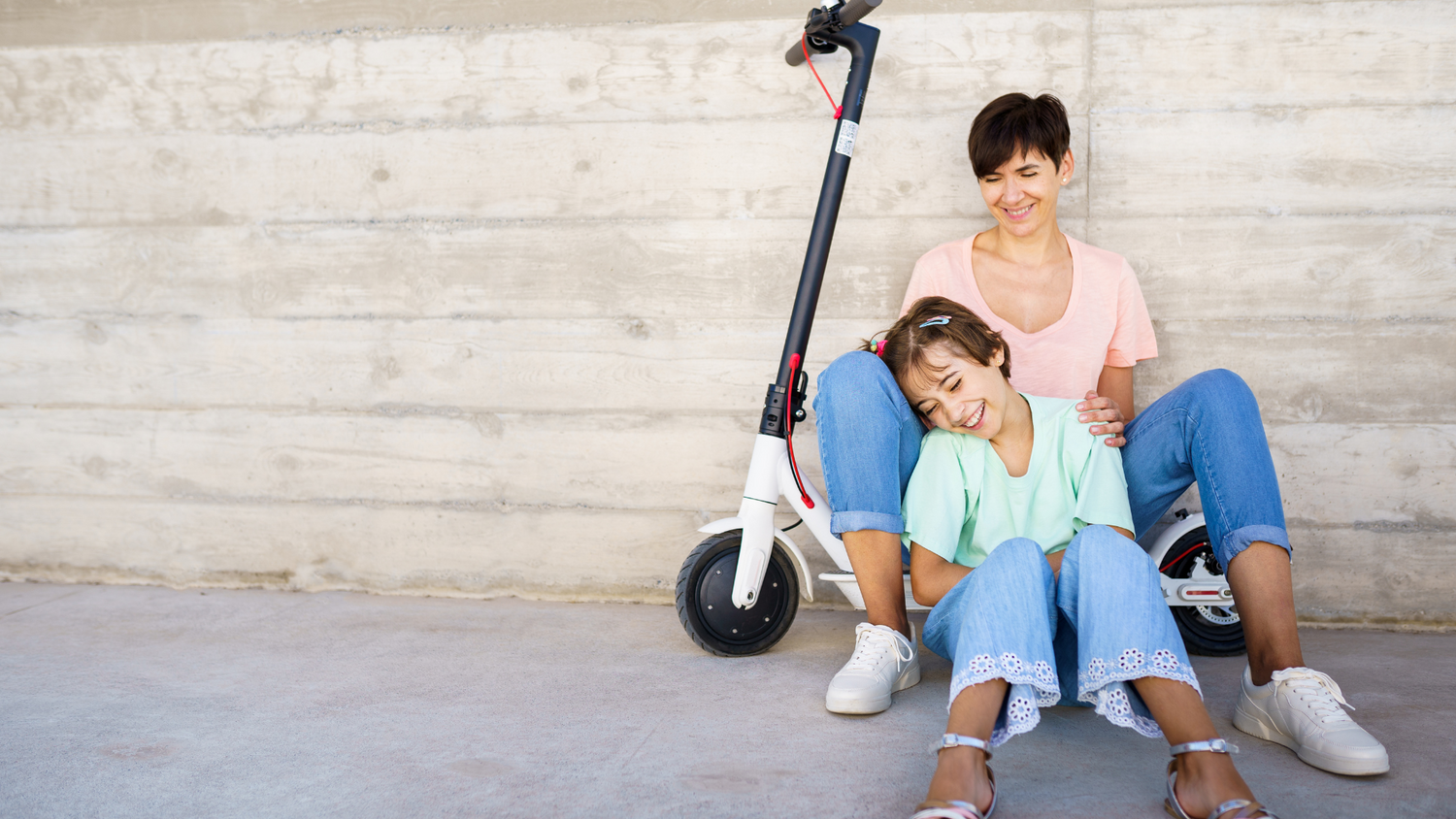
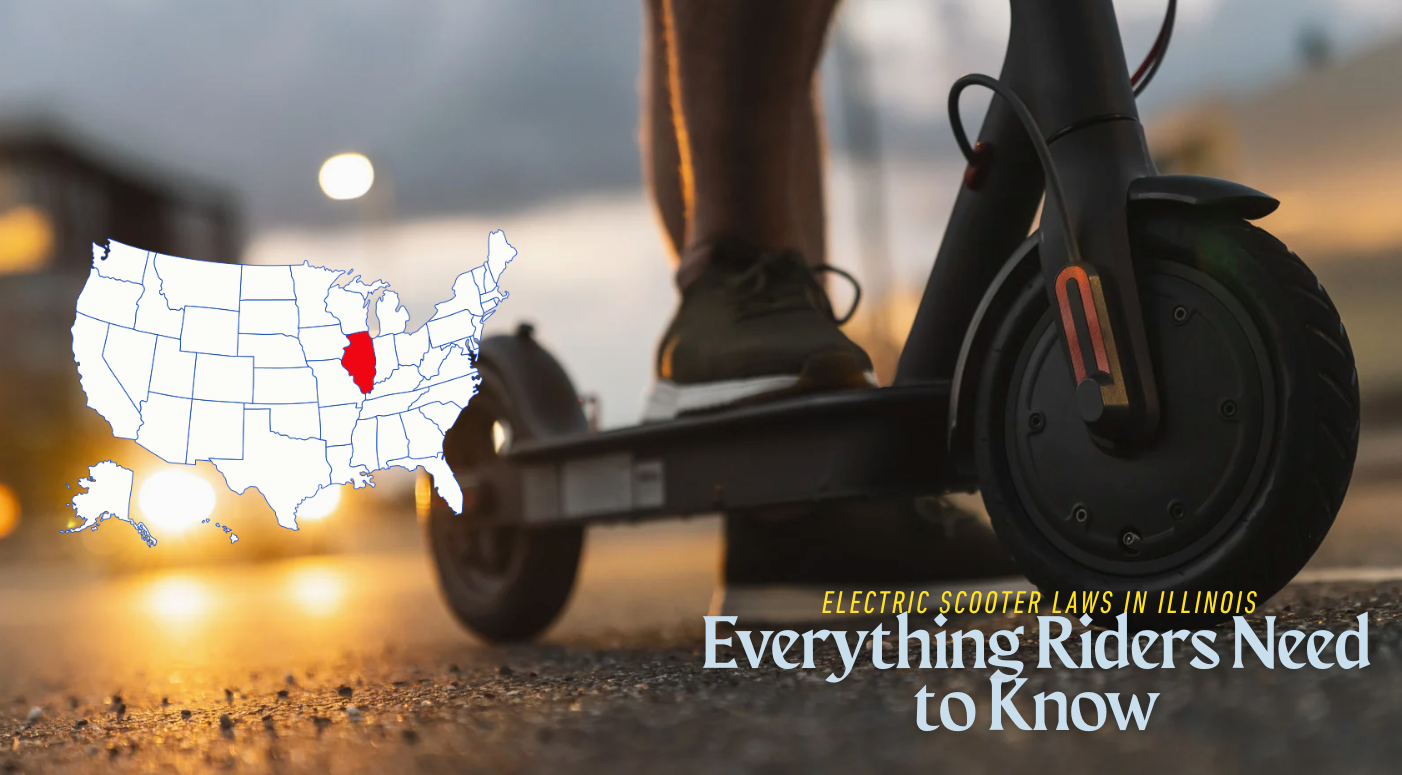
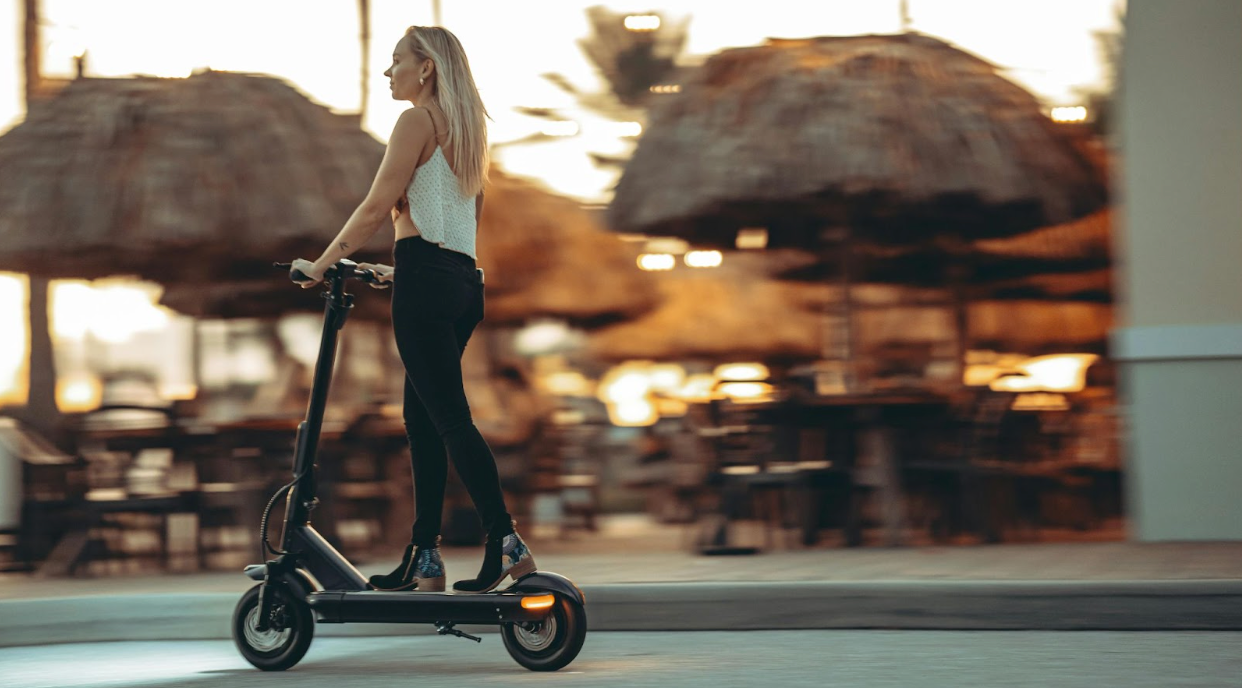
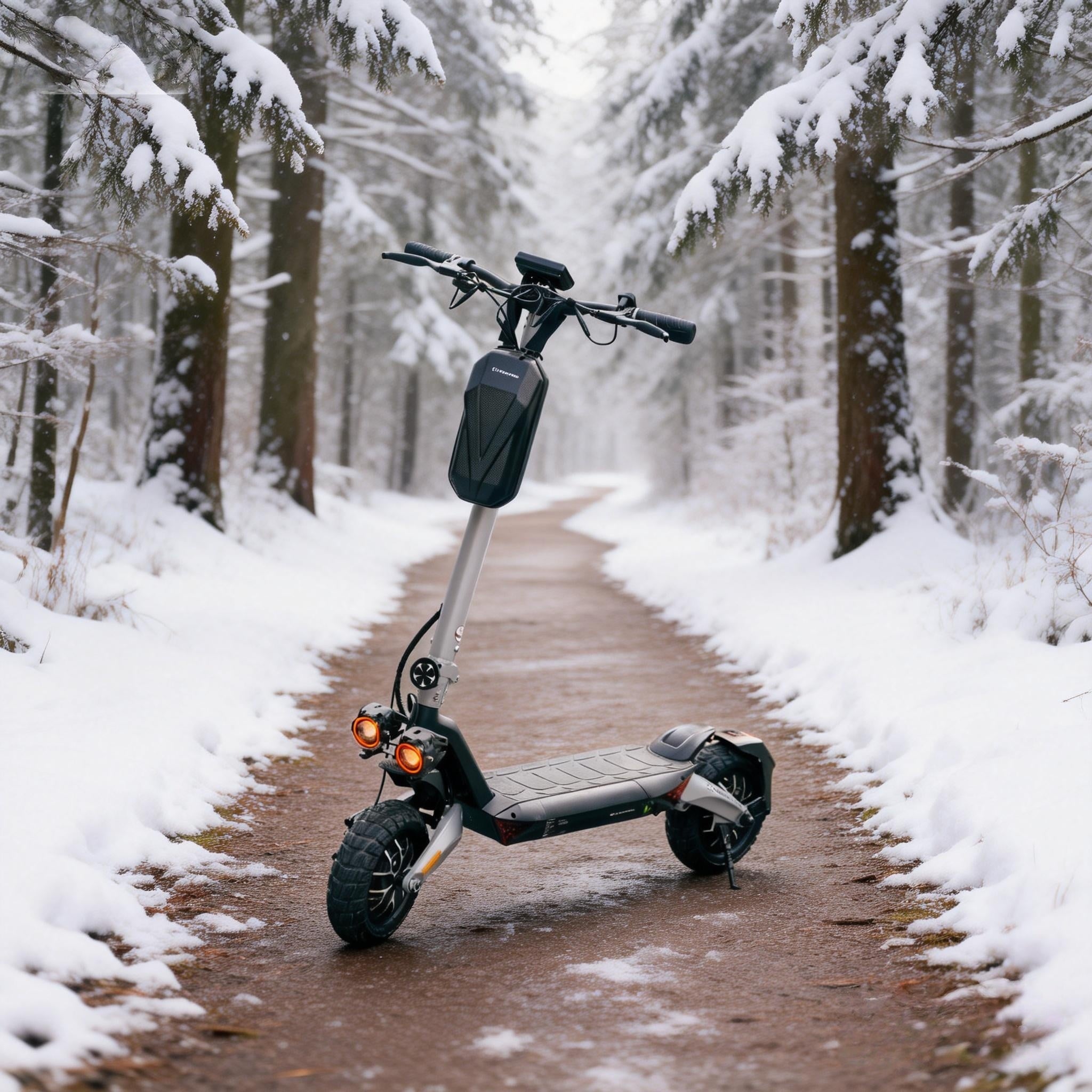
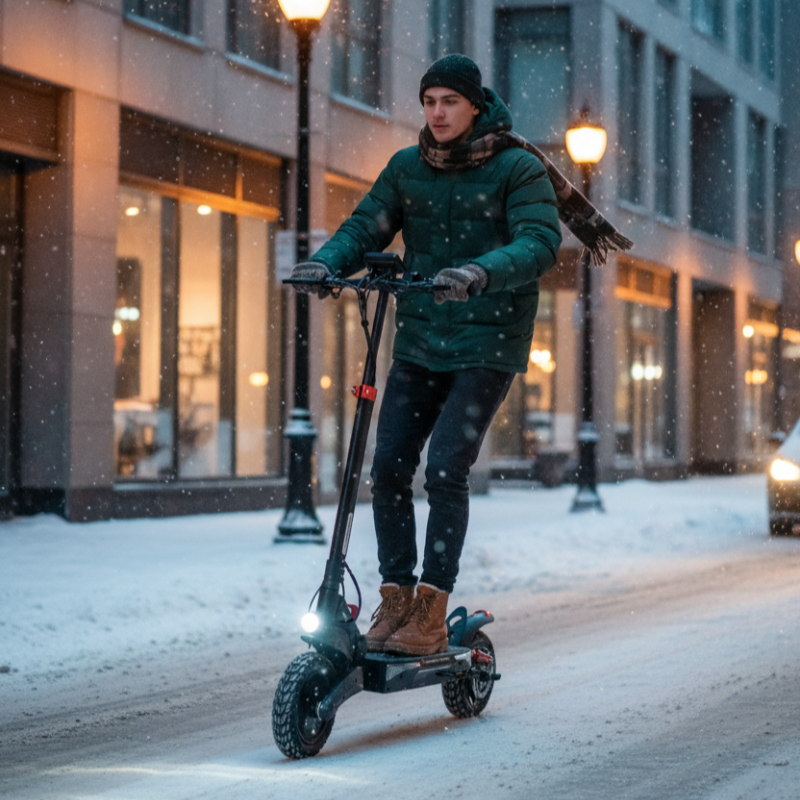

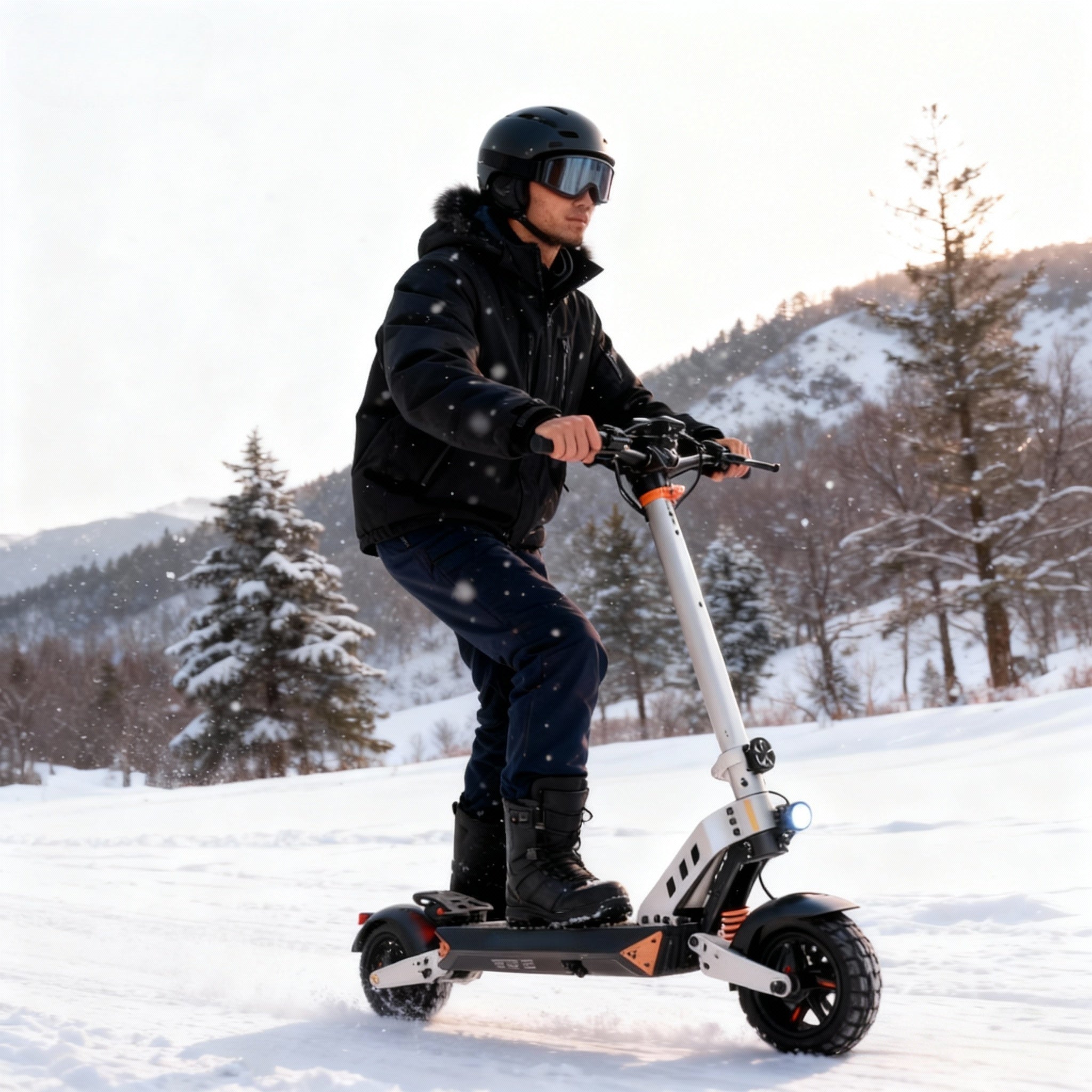

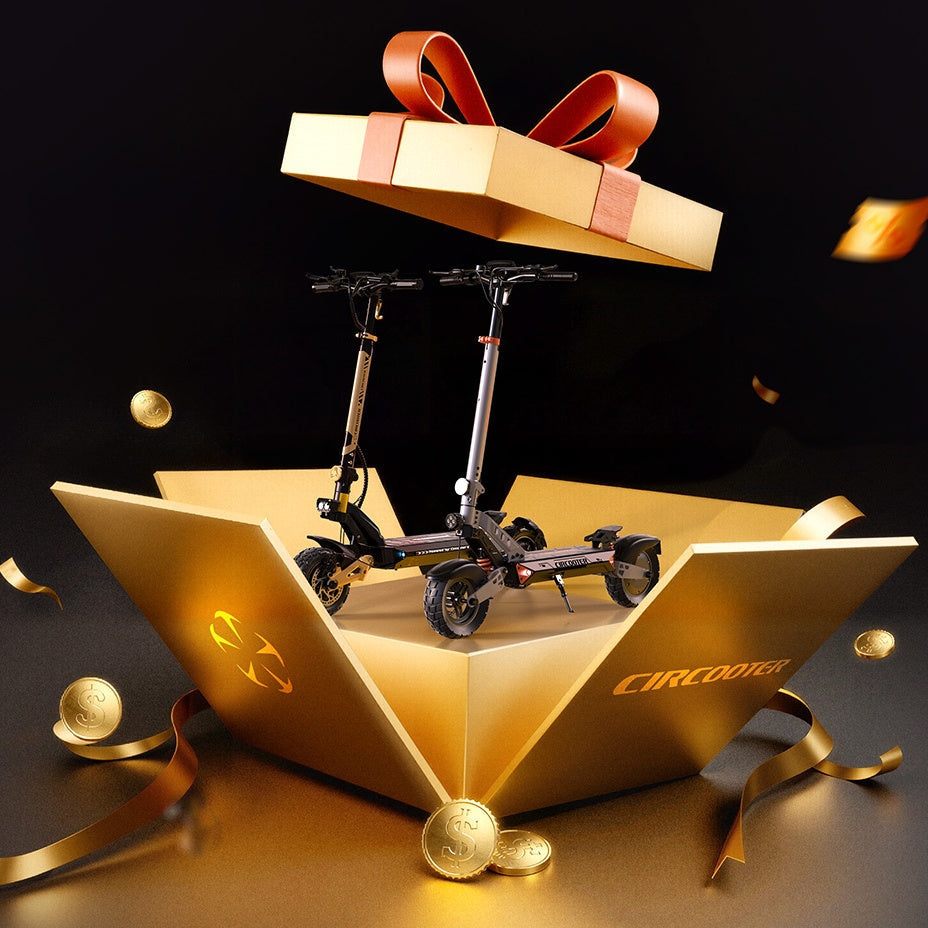
Leave a comment
All comments are moderated before being published.
This site is protected by hCaptcha and the hCaptcha Privacy Policy and Terms of Service apply.